By: NCTE member Brent Saccucci in Alberta, Canada
This fall, our English department engaged students in a multi-grade project in partnership with a local art gallery to create zines. It turned out to be one of the most rewarding units I’ve ever taught.
Students created zines that responded to a thematic prompt, incorporating basic requirements related to both text and images. While the prompt was the same across grade levels, each zine interpreted the theme in a unique way—offering multimodal insights into the relationship between text and image and providing students with an innovative approach to understanding how the various strands of language arts work in tandem. The completed student zines, featuring a diverse array of text and image combinations, were then curated and exhibited in a professional gallery for public viewing.
So how does a teacher develop community partnerships in pursuit of collaborative, multimodal making with students? Pedagogical risk is an essential element of innovation. By taking three pedagogical risks, you, too, can create a community-engaged, multimodal zine project with your students.
Risk 1: A Unit on Visual Literacy—The Forgotten Literacy!
Like many other English language arts teachers, I lack formal training in visual arts. When it comes to teaching visual literacy outcomes, I often rely on film studies. My first risk was to develop a visual literacy unit that didn’t focus on genre (such as short film versus long film, or photos versus collage), but instead emphasized the narrative elements that images share with text, such as conflict, character, and mood. Throughout the unit, we explored these narrative elements by examining the intertextual relationships between words and images. This included creative writing exercises based on photograph prompts, analyzing feature films, and hosting guest speakers from the Lethbridge Independent Film Festival—another community partner—to discuss short film analysis. Over the course of this month-long unit, students actively engaged in the creative and critical process of examining the relationship between text and images, applying their existing skills in textual analysis to visual content.
Risk 2: Find a Community Partner—and Involve Them as Co-Teachers
The concept of involving community partners as co-teachers is grounded in experiential learning, community-engaged learning, and work-integrated learning. Community partners help shift learning from theoretical concepts in the classroom to practical, real-world applications, allowing students to see how literacy comes to life beyond the school setting. The Southern Alberta Art Gallery (SAAG) became our community partner after I cold-called them to collaborate on our visual literacy unit, which is one of the six strands of language arts mandated by our provincial government in Alberta, Canada. SAAG was enthusiastic about contributing their expertise, and soon we expanded the project to not only analyze images but also to have students create them.
While I was initially nervous about teaching visual literacy, having a community partner empowered me as an educator. The gallery provided ample materials and offered students the chance to display their work in a professional exhibition. Their educators encouraged me to set minimal boundaries, while still providing a framework for creativity. They joined us for an entire day of English classes, working with students from grades 9 to 12, including a colleague’s class. Together, we tasked students with using a prompt similar to those found on provincial exams, combining text and images to craft a creative response framed through guided requirements.
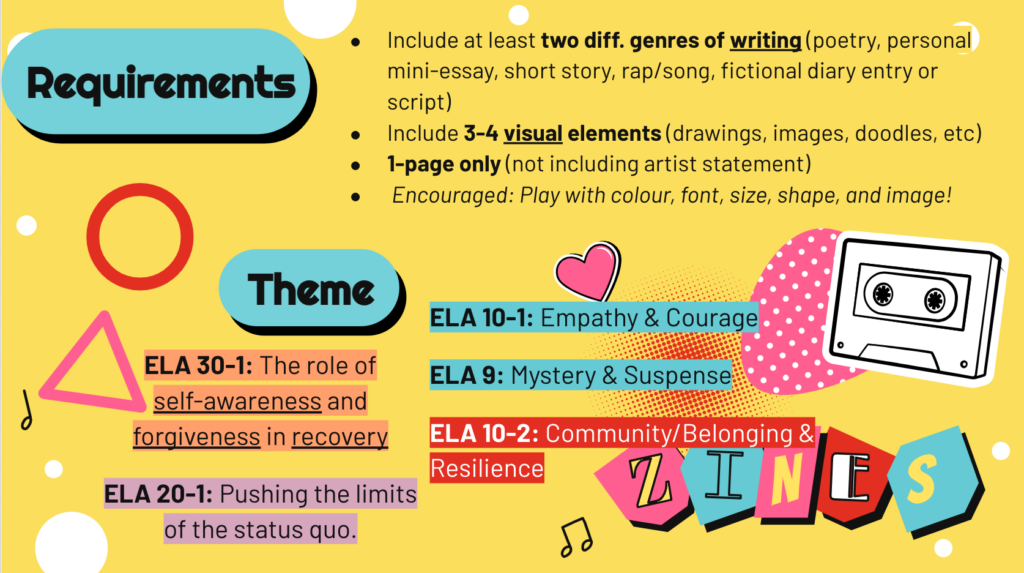
Figure 1: Requirements and thematic prompts for the zines
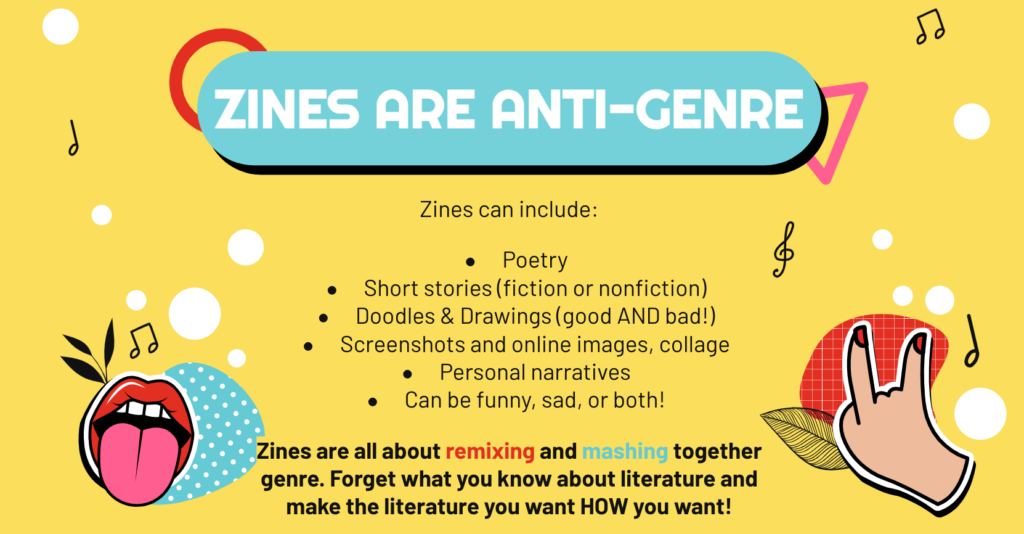
Figure 2: Image and text possibilities for zines that also align with maker-learning
In the spirit of vulnerability, I shared examples of my own zines, created during graduate school while studying multimodal literacies, to model the creative freedom and “messiness” inherent to the (anti)genre of zines.
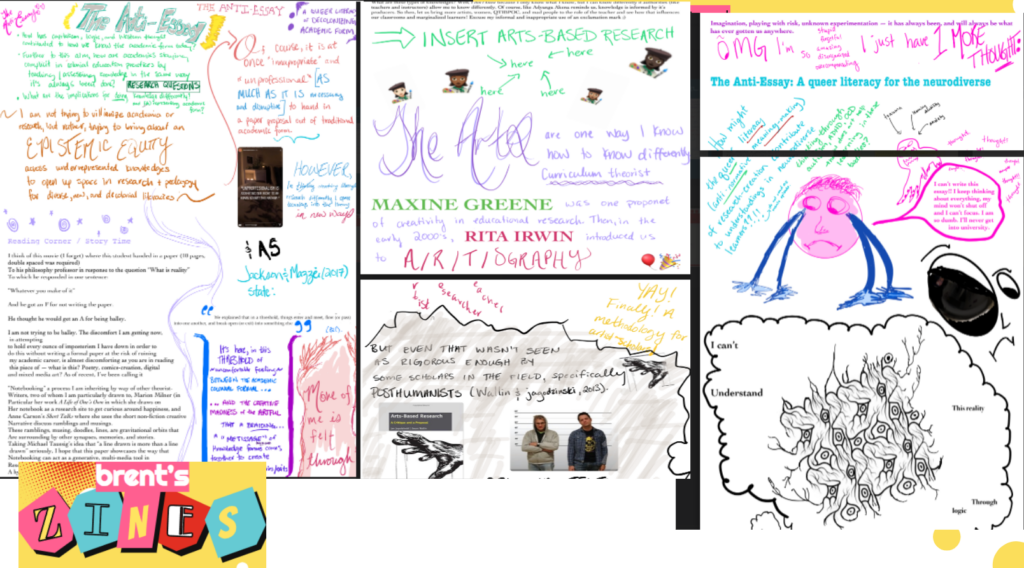
Figure 3: My zines made in graduate school while researching critical and creative multiliteracies
Risk 3: Maker Pedagogy … in ELA? Embrace the Mess of Making
Maker-centered pedagogy is often associated with STEM subjects and is rarely seen as an instructional framework for humanities or literature courses. However, there are no rules forbidding its application in ELA! Inspired by what my colleagues were doing in maker spaces, I realized the creative, process-driven approach they used was perfectly suited to our zine project that defied genre standards (see Figure 2). While there were no robots or electronic circuits involved, we employed the principles of maker pedagogy to assemble our zines. We remixed newspaper articles and magazine ads using acrylic paint pens and glitter, tore apart old textbooks to create dialogue scripts with ChatGPT, and embraced the elements of maker learning—remixing, tinkering, and reconstructing to create something entirely new. The gallery educators helped guide this approach through a lesson at the beginning of the class. The tone the gallery educators created helped cultivate an environment of experimentation and process-centered learning that helped alleviate the nervousness I initially felt about this project, especially in a co-teaching environment.
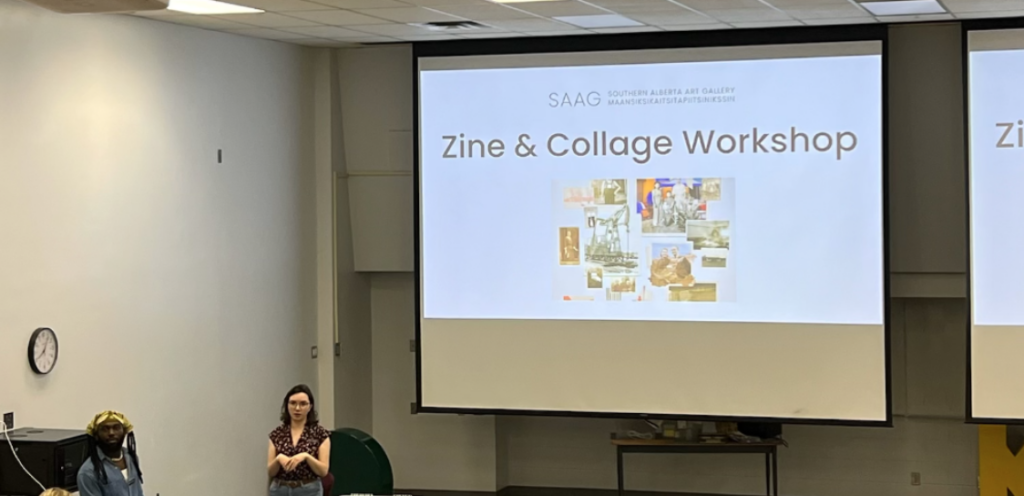
Figure 4: Gallery educators started the workshop with a lesson on zine and collage creation.
Risk 4: The Reward
This project was so rewarding for me not because of the product’s potential to end up in a gallery, but because we took risks together, prioritized process over product, and made meaningful literacy connections within our community. We also brought literacy to life for students who may struggle with traditional text-heavy assignments. Even if the students’ work hadn’t been exhibited in the gallery, the experience of co-teaching with a community partner infused my classroom practice with a level of creativity and experimentation I can’t wait to continue exploring.

Figures 5 and 6: Students’ zines combining multiple genres of text and image

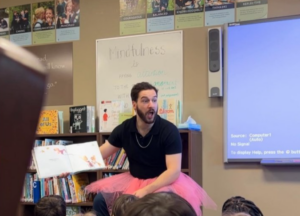 Brent Saccucci (they/she/he) is a high school English teacher in Lethbridge, Alberta (Canada), where he also teaches student-teachers at the University of Lethbridge.
Brent Saccucci (they/she/he) is a high school English teacher in Lethbridge, Alberta (Canada), where he also teaches student-teachers at the University of Lethbridge.
It is the policy of NCTE in all publications, including the Literacy & NCTE blog, to provide a forum for the open discussion of ideas concerning the content and the teaching of English and the language arts. Publicity accorded to any particular point of view does not imply endorsement by the Executive Committee, the Board of Directors, the staff, or the membership at large, except in announcements of policy, where such endorsement is clearly specified.

